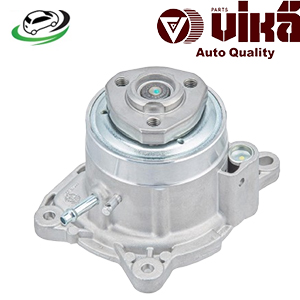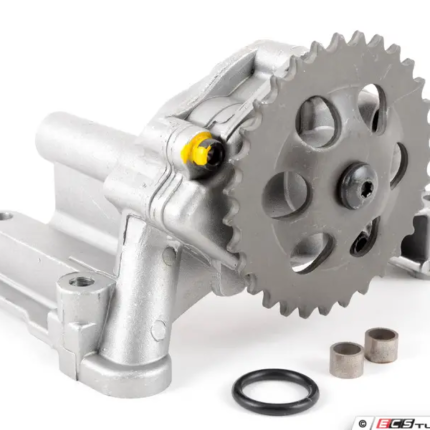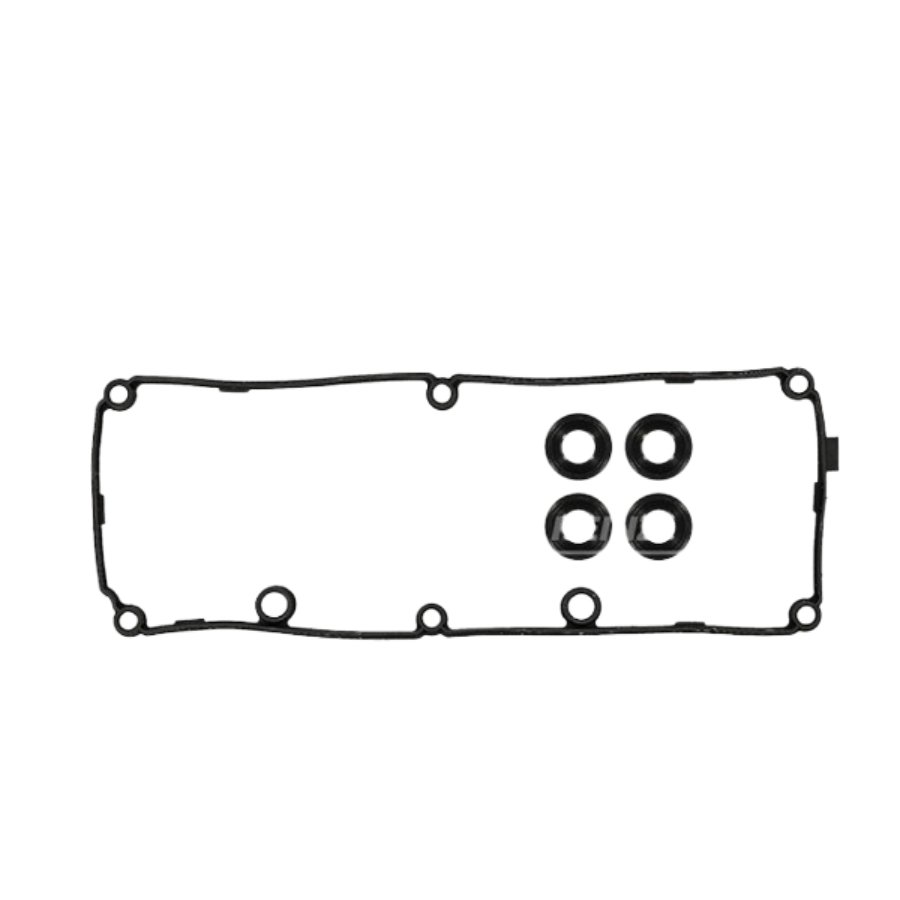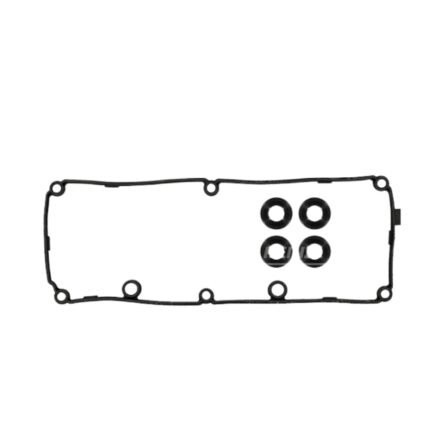Get Volkswagen Passat B7 Cylinder Head Rocker Valve Cover Gasket 03L103483C in Kenya
The cylinder head rocker valve cover gasket is a crucial component in your vehicle’s engine. It plays a vital role in keeping the engine running smoothly and efficiently. Here’s a simple explanation of what it is, what it does, and why it’s important.
What is a Cylinder Head Rocker Valve Cover Gasket?
The cylinder head rocker valve cover gasket is a rubber or cork seal that sits between the valve cover and the cylinder head of the engine. The valve cover is a metal cover that sits on top of the cylinder head, protecting the rocker arms and valves inside the engine.
What Does the Gasket Do?
The main function of the cylinder head rocker valve cover gasket is to:
- Seal the Engine: The gasket creates a tight seal between the valve cover and the cylinder head. This seal prevents oil from leaking out of the engine, which is essential for proper lubrication of the moving parts inside.
- Prevent Contaminants from Entering: By providing a secure seal, the gasket also prevents dirt, debris, and other contaminants from getting into the engine. This helps to keep the engine clean and functioning properly.
- Maintain Oil Pressure: The gasket helps to maintain the correct oil pressure within the engine. Proper oil pressure is crucial for ensuring that all moving parts are adequately lubricated and that the engine operates smoothly.
Why is it Important?
The cylinder head rocker valve cover gasket is important for several reasons:
- Prevents Oil Leaks: Without a proper seal from the gasket, oil could leak out of the engine. This can lead to low oil levels, which might cause engine parts to wear out prematurely or fail.
- Protects Engine Components: By preventing leaks, the gasket helps to protect the engine’s internal components from damage. Contaminants and oil leaks can cause wear and tear on the engine, leading to costly repairs.
- Ensures Proper Engine Operation: A good seal from the gasket ensures that the engine operates efficiently. Oil leaks or contamination can affect engine performance, fuel efficiency, and overall reliability.
Signs of a Failing Gasket
If the gasket starts to fail, you might notice some signs:
- Oil Leaks: One of the most common signs of a failing gasket is oil leaks. You might see oil pooling around the valve cover or notice spots of oil under the vehicle.
- Engine Misfire: If oil leaks onto the spark plugs or ignition system, it can cause engine misfires or rough running.
- Burning Oil Smell: If oil leaks onto hot engine parts, you might smell burning oil. This can be a sign that the gasket needs replacement.
- Low Oil Levels: If you frequently need to top up the oil, it might be leaking due to a failing gasket.
Maintaining the Gasket
To keep the cylinder head rocker valve cover gasket in good condition, follow these maintenance tips:
- Regular Inspections: Periodically check for signs of oil leaks or other issues around the valve cover. Early detection can help prevent more serious problems.
- Follow the Maintenance Schedule: Adhere to the vehicle manufacturer’s recommended maintenance schedule for checking and replacing the gasket. Regular maintenance can help ensure that the gasket remains effective.
- Address Leaks Promptly: If you notice any oil leaks or other issues, have them addressed by a mechanic as soon as possible. Replacing a failing gasket early can prevent further damage to the engine.
Replacing the Gasket
If the gasket is failing and needs replacement, here’s a simple overview of the process:
- Preparation: Gather the necessary tools and a new gasket. Ensure the engine is cool before starting.
- Remove the Valve Cover: Unbolt and carefully remove the valve cover from the engine. Be careful not to damage the cover or other components.
- Remove the Old Gasket: Take out the old gasket and clean any residue from the valve cover and cylinder head. Ensure that the surfaces are smooth and free of old gasket material.
- Install the New Gasket: Place the new gasket onto the valve cover or cylinder head, ensuring it is properly aligned. Reinstall the valve cover, making sure it fits snugly and securely.
- Rebolt the Valve Cover: Tighten the bolts to the manufacturer’s specifications to ensure a proper seal. Be careful not to overtighten, as this can damage the gasket or valve cover.
- Check for Leaks: After replacing the gasket, start the engine and check for any signs of leaks. Ensure that the gasket is sealing properly and that there are no oil leaks.
- Follow us on Facebook for more parts.




